Been too busy to write long posts 😥
Some of you may already have heard, but let me introduce a remarkable new discovery from Greenland;
#Nektognathus evasmithae, a new species that helps restore the rightful place of nectocaridids in the tree of life: science.org/doi/10.1126/sc…
Some of you may already have heard, but let me introduce a remarkable new discovery from Greenland;
#Nektognathus evasmithae, a new species that helps restore the rightful place of nectocaridids in the tree of life: science.org/doi/10.1126/sc…

(2/20) Nektognathus was discovered in Sirius Passet, North Greenland. This site also hosts freaks like the filter-feeding radiodont Tamisiocaris, the huge lobopodian Pambdelurion, and Timorebestia, a giant cousin of Nektognathus.
More info in this thread:
More info in this thread:
https://x.com/Tupandactyl/status/1742868395207655441

(3/20) There are 12 described Nektognathus specimens—more if we include fragmentary or unstudied ones. At first glance, the fossils are barely visible—flattened films on dark shale—but when immersed in water and lit properly, they shimmer like ghosts. 
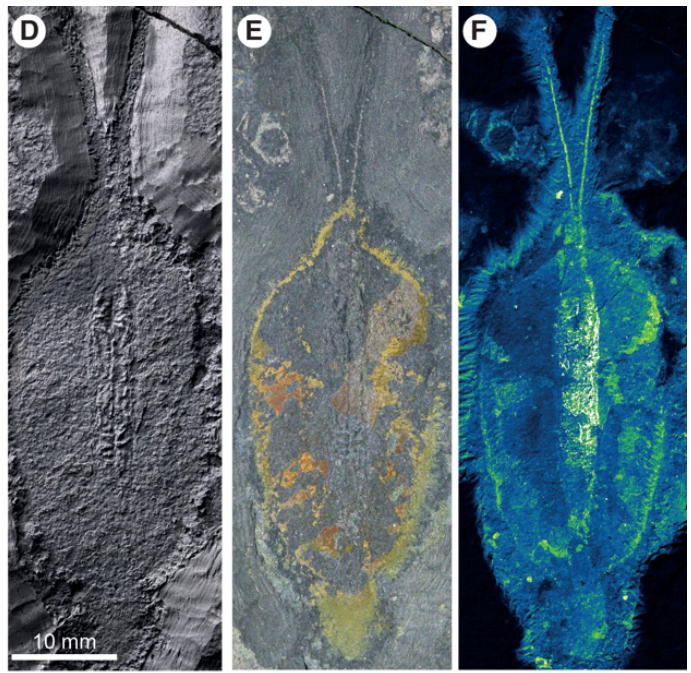
(4/20) Despite its soft body, the preservation is extraordinary: thin antennae, fine fin rays, large lateral eyes, and internally: jaws, gut, muscles—even nerves. All this, in animals just under 6 cm long (excluding antenna)! 
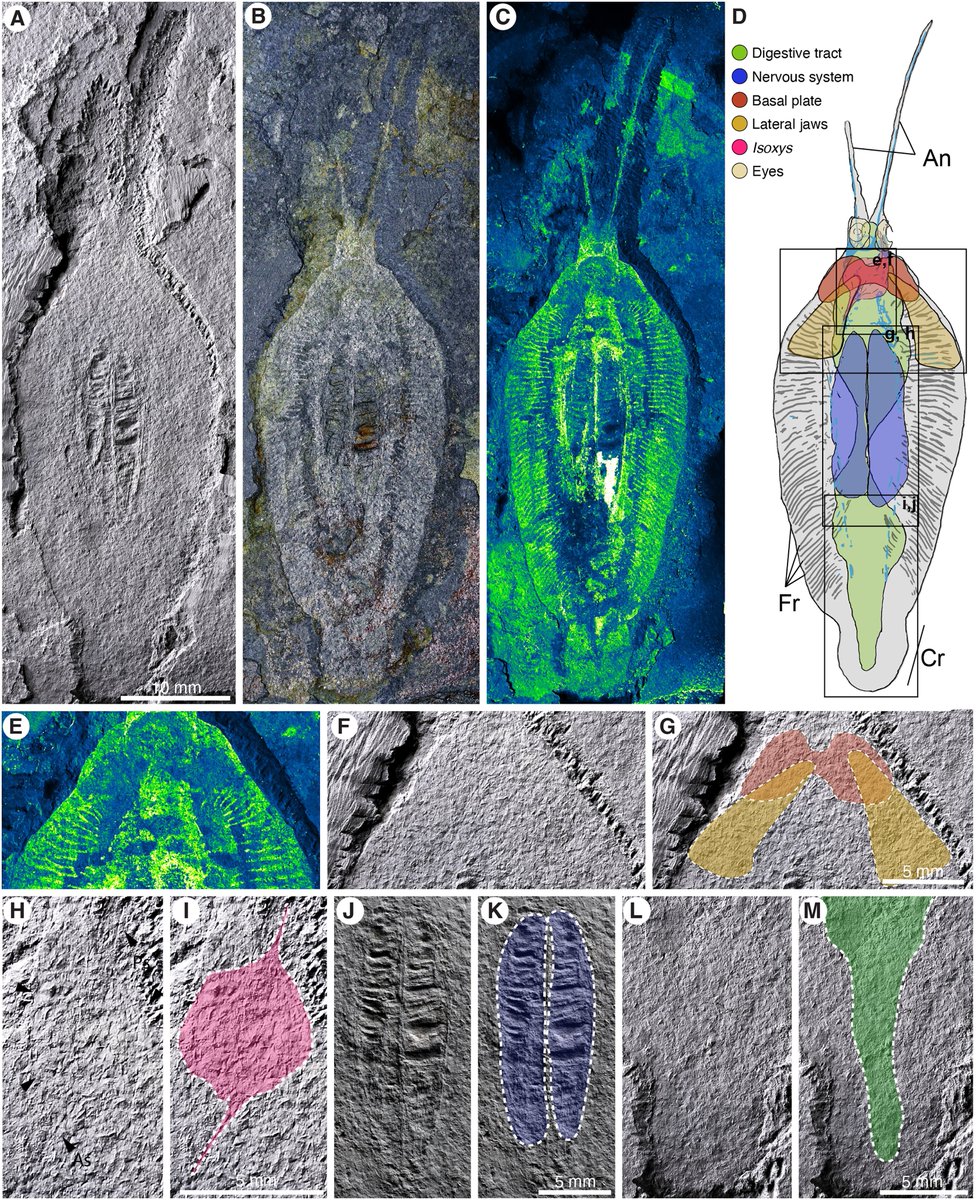
(5/20) To study these, KOPRI used EPMA (Electron Probe Microanalyzer), a tool that maps elemental composition across the fossil surface. Originally not meant for fossils, EPMA was first applied to soft-tissue fossils in a 2018 Kerygmachela study—and it works wonders. 
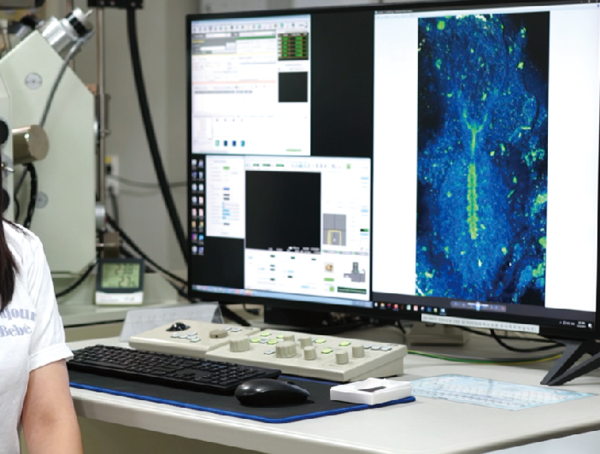
(6/20) Its body is broad and smooth, with rows of fin rays along the sides. Its general form resembles Nectocaris from the Burgess shale. But unlike Nectocaris, Nektognathus has a rounded paddle-like tail and lacks both the funnel-shaped mouth and stalked eyes. 
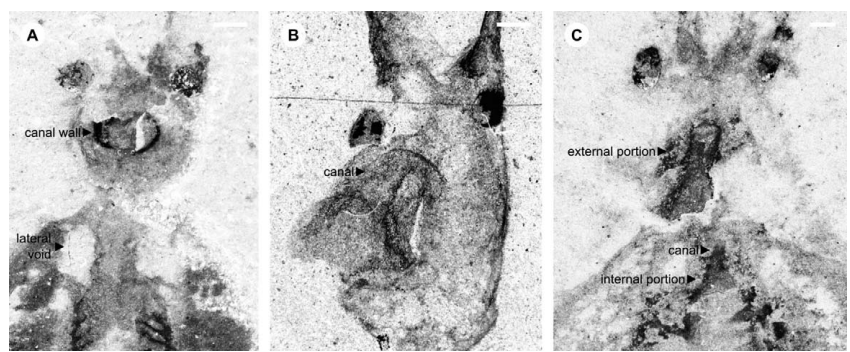
(7/20) Also it has a pair of dense internal structures in the body, revealed to be ventral ganglion. These were initially thought to be gills, but phosphatization patterns suggest different. They were clusters of nerve tissue, phosphatized due to high cell nucleus content. 
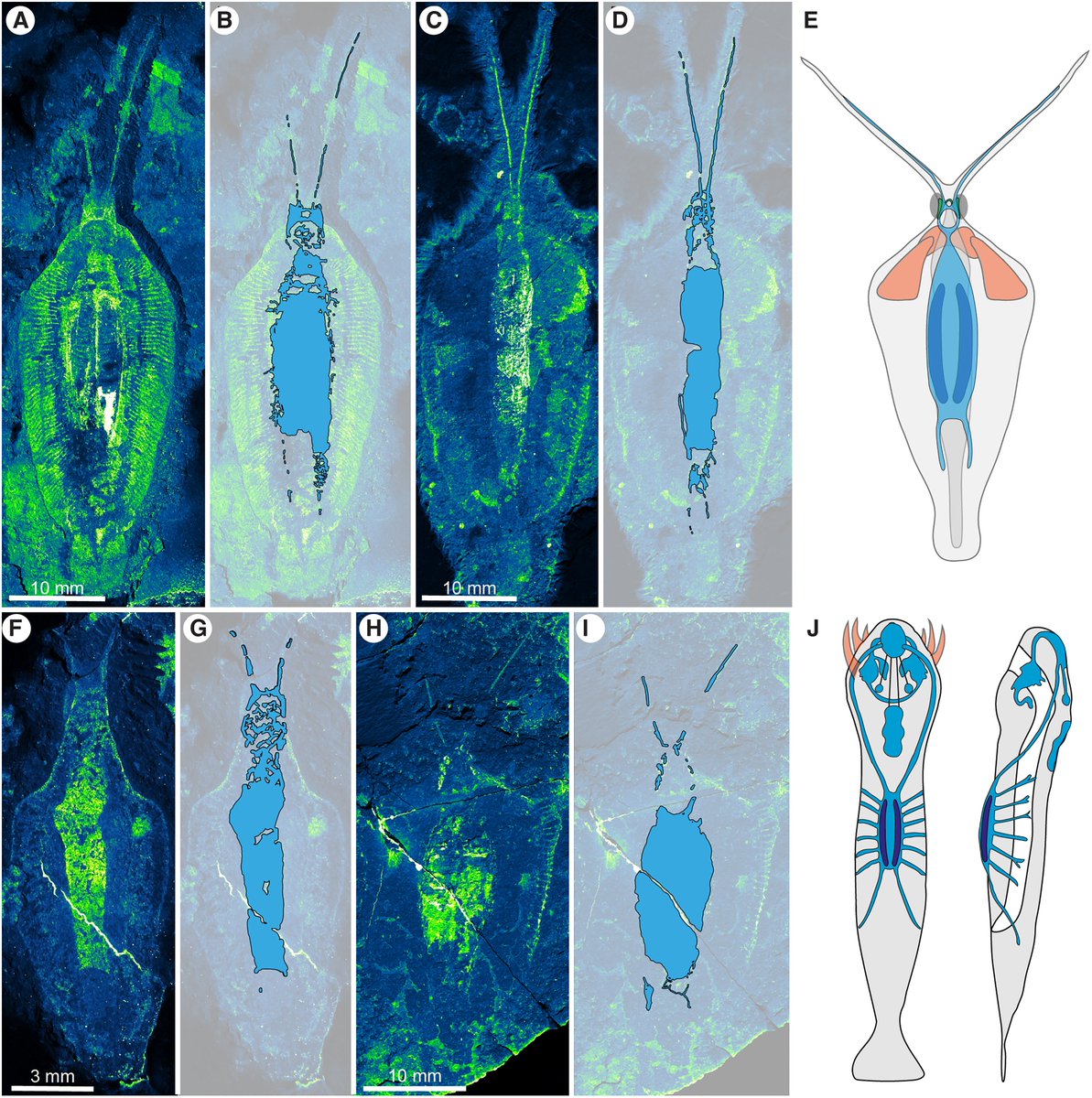
(8/20) Why is this important? Because Nectocaris, its formerly-known relative from the Burgess Shale, has had a controversial history—first described as a bizarre blend of arthropod and chordate features, even suggested to be a new phylum. 

(9/20) In 2010, Smith & Caron proposed that Nectocaris was a squid-like Cambrian cephalopod—without a shell. With features like camera eyes, arms, and a siphon, it was framed as an early shell-less ancestor to modern cephalopods.
Yep, this is the most famous one.
Yep, this is the most famous one.
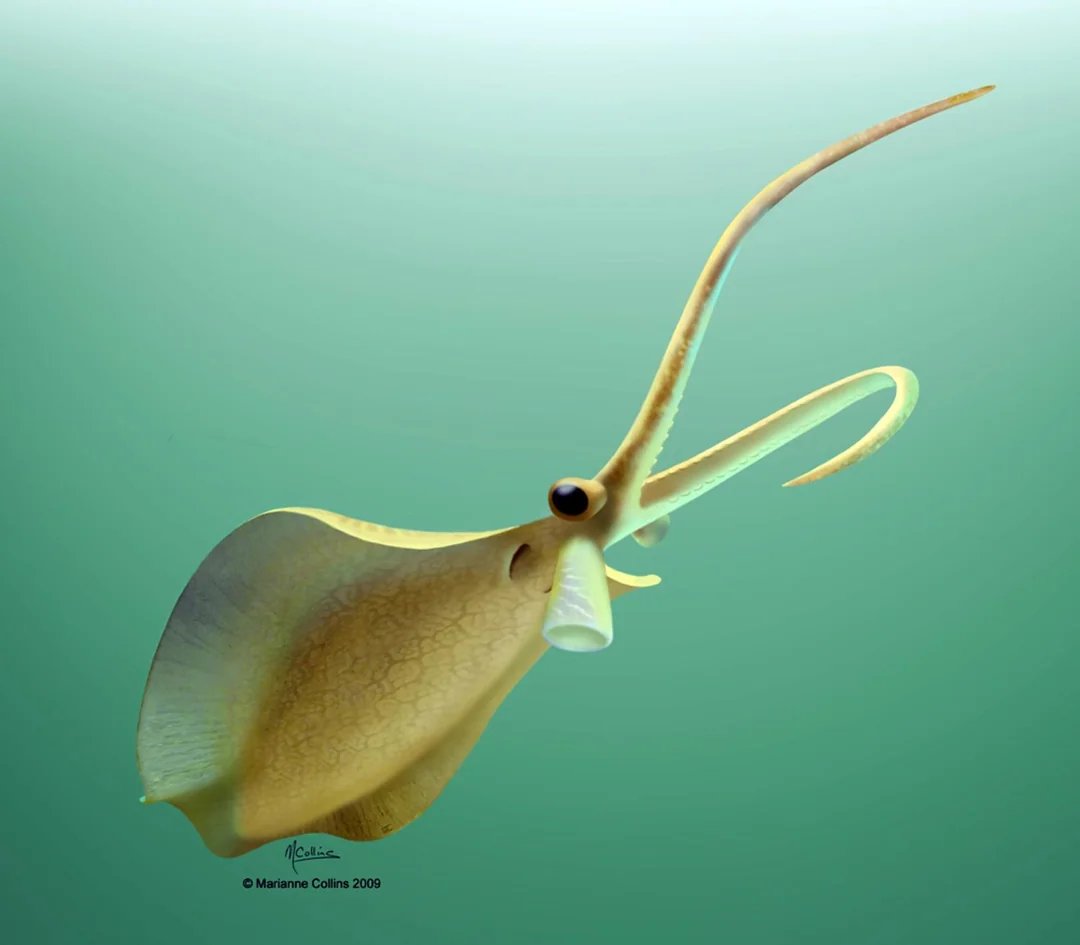
(10/20) But that idea collided with what we know:
fossil cephalopods had shells from the very beginning with birth of chambers with siphuncles.
From Plectronoceras to Gordoniconus to belemnites,
cephalopods evolved by modifying their shell, not remaking it.
fossil cephalopods had shells from the very beginning with birth of chambers with siphuncles.
From Plectronoceras to Gordoniconus to belemnites,
cephalopods evolved by modifying their shell, not remaking it.
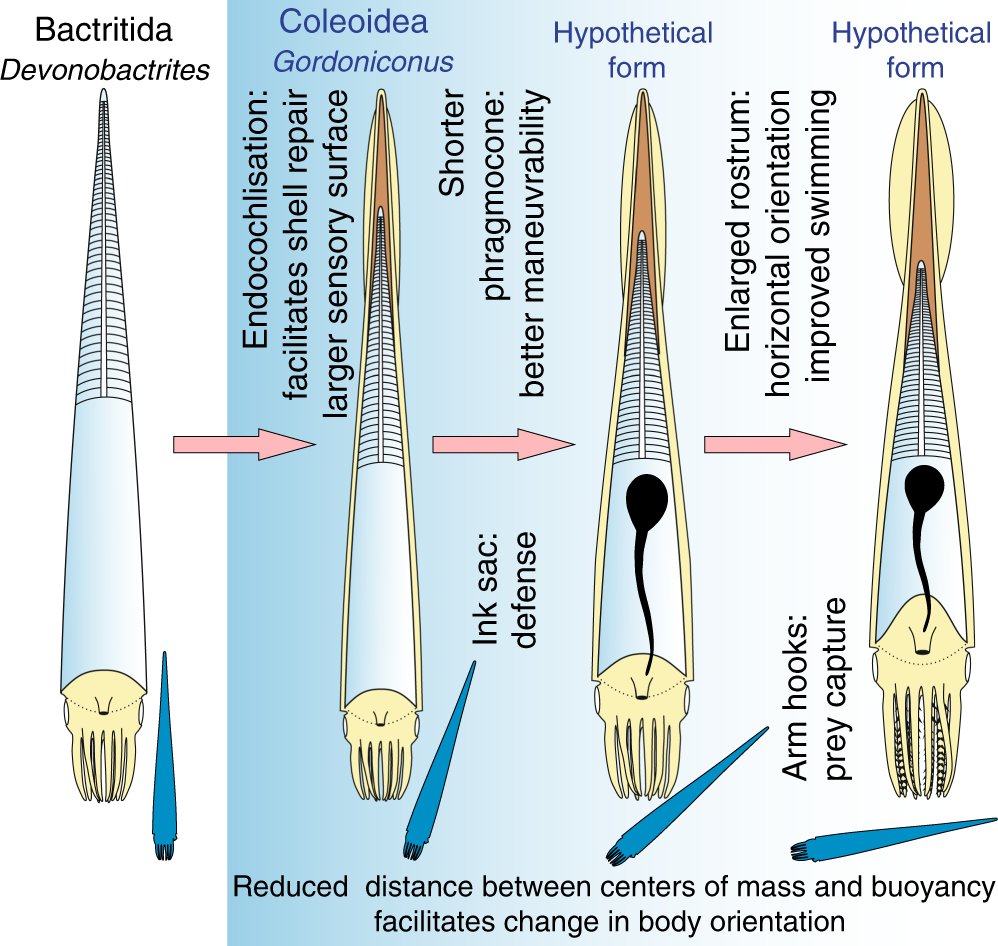
(11/20) The Nectocaris hypothesis contradicts with fossil evidence and cephalopod development, even the molecular tree of the crown cephalopod.
So if Nectocaris isn’t a proto-squid,
then what is it?
So if Nectocaris isn’t a proto-squid,
then what is it?
(12/20) Actually, no one made a great solution about this problem. Some of them proposed radiodont, lophotrochozoan, or even related with ediacaran organisms(!) after 2010. Even anyone can make a better supported replacement of them. 

(13/20) The new fossil evidence from Nektognathus changes everything. The ganglia, jaw structure, fin rows—these link nectocaridids not to cephalopods, but to gnathiferans like Amiskwia, now considered close to chaetognaths (arrow worms). 

(14/20) Amiskwia was also long enigmatic. But in 2019, Vinther & Parry (also main authors of this paper) reclassified it as a jawed gnathiferan. And its similarities with Nektognathus and Timorebestia are intriguing. 

(15/20) Together, they form a paraphyletic group of large, water column swimming Cambrian predators with jaws, fin rays, and sensory antenna—referred to as "amiskwiiforms." Imagine arrow worms that look like squid, with camera eyes and hunting behavior. 
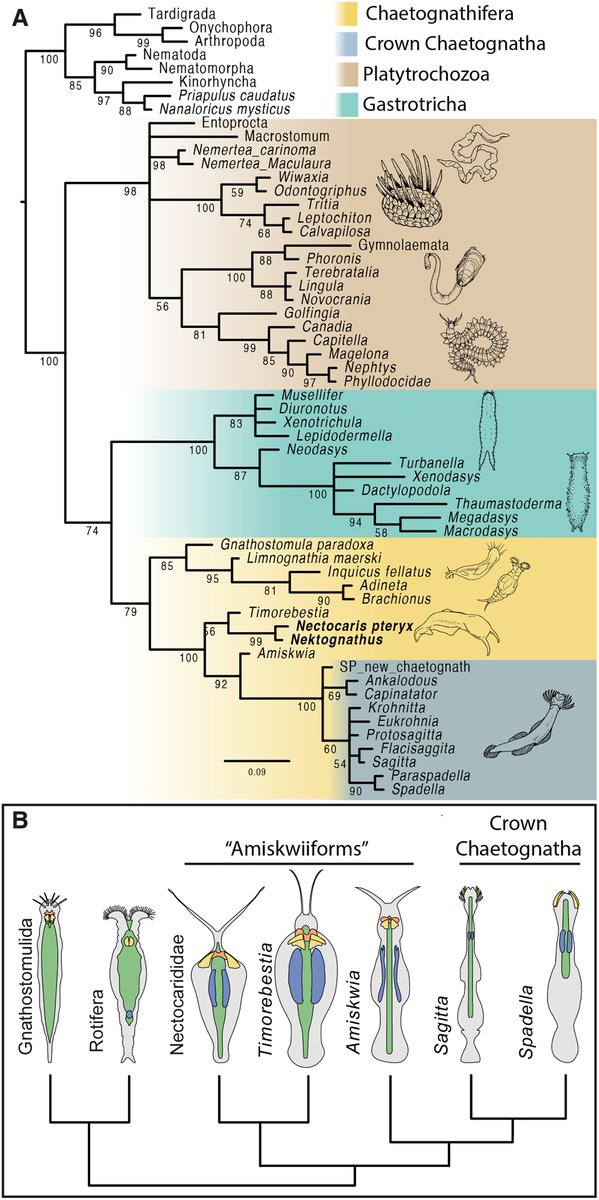
(16/20) Speaking of the eyes— Nektognathus had proper lens eyes. That’s rare for gnathiferans, which today have only simple pigment-cup eyes. But camera eyes evolved multiple times: in cephalopods, gastropods, even polychaete worms—and here too. 


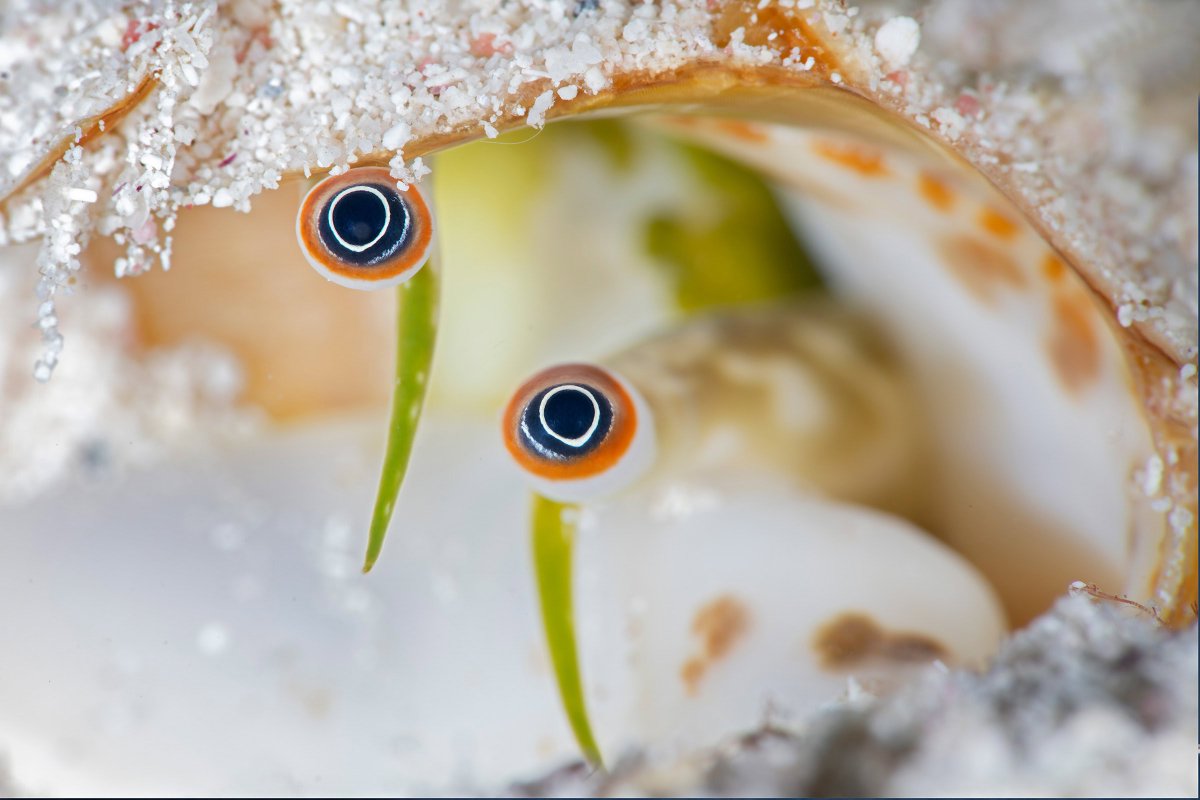
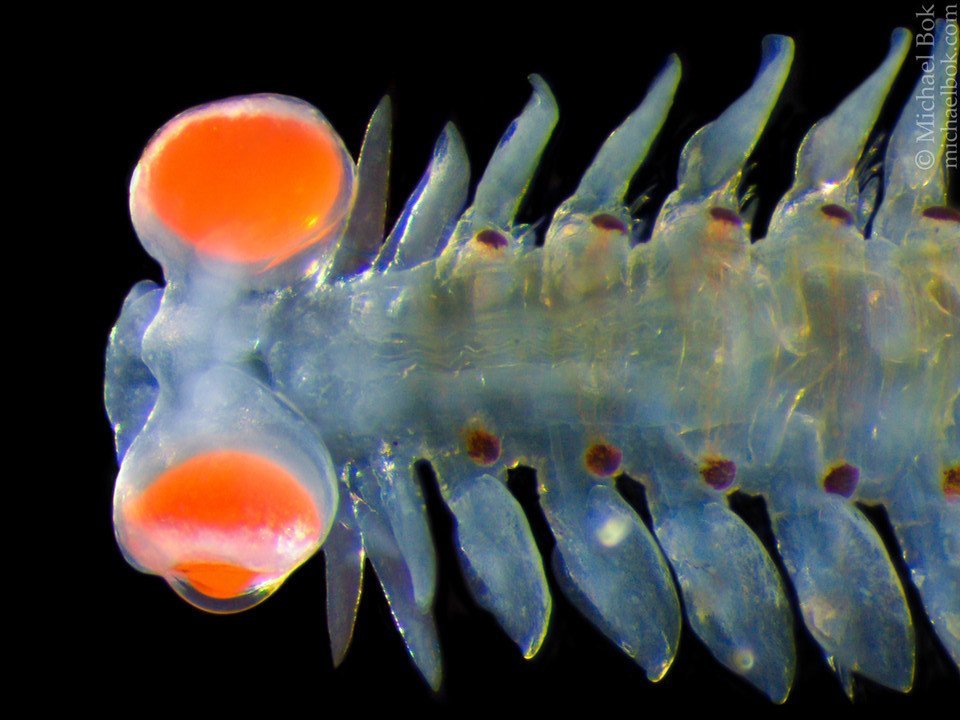

(17/20) Some Nektognathus and Timorebestia fossils even preserve remains of Isoxys -small, and really abundant swimming arthropods- in their gut. These records mean they swam actively, chasing prey with their eyesight. Hard to imagine, if you only see modern chaetognaths! 
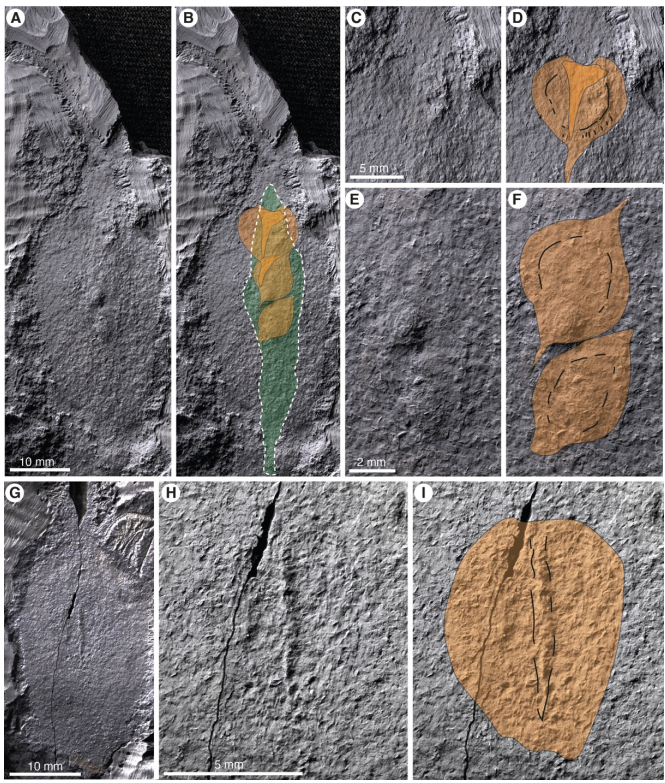
(18/20) The large jaw -the source of the name Nektognathus- wasn’t toothed or hooked. Rather, it was smooth and elongate. It suggests that amiskwiiform jaws may not have chewed prey directly,
but instead used for gulping food with water flow, like some rotifers do.
but instead used for gulping food with water flow, like some rotifers do.

(19/20) If so, the funnel-shaped mouth of Nectocaris—previously interpreted as a siphon— may also have evolved as an adaptation for suction feeding.
Modern chaetognaths lack such jaws, instead using hook-like grasping spines. so it may reflect a shift in feeding strategy.
Modern chaetognaths lack such jaws, instead using hook-like grasping spines. so it may reflect a shift in feeding strategy.
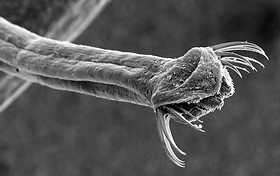
Although I wasn’t directly involved in the study,
I had the chance to observe its development from within our lab, and I was deeply moved by the process.
I sincerely hope that this research brings delight to your understanding, just as it did to mine.
Thank you! (20/20)
I had the chance to observe its development from within our lab, and I was deeply moved by the process.
I sincerely hope that this research brings delight to your understanding, just as it did to mine.
Thank you! (20/20)

Other References:
Kröger, B., Vinther, J., & Fuchs, D. (2011).
Smith, M. R. (2013).
Cohen, B. L. (2016).
Kröger, B., Vinther, J., & Fuchs, D. (2011).
Smith, M. R. (2013).
Cohen, B. L. (2016).
Even anyone can X
All of them were not that strongly supported.
Wrong line. Damnit
All of them were not that strongly supported.
Wrong line. Damnit
• • •
Missing some Tweet in this thread? You can try to
force a refresh











